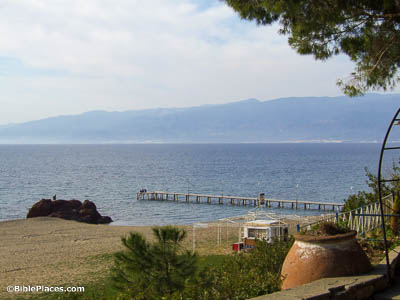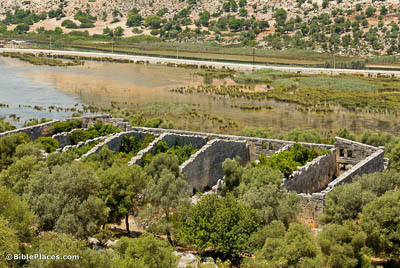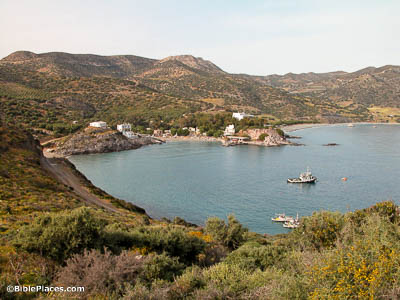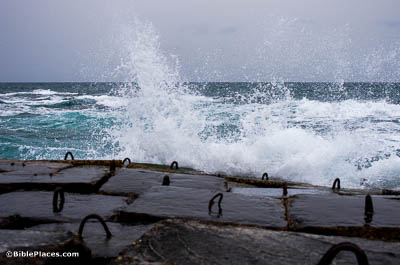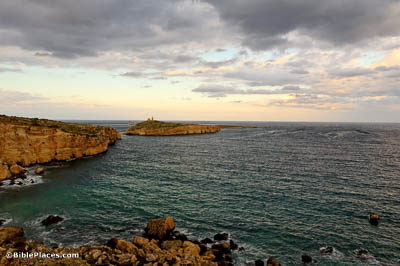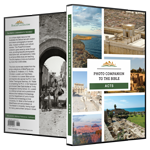Embarking in a ship of Adramyttium about to sail to the ports on the coast of Asia, we put to sea (Acts 27:2).
Adramyttium was a coastal city located at the head of the Gulf of Adramyttium, on the Caicus River in the plain of Thebe. This is on the western coast of Turkey, not far from Assos or Mitylene on the island of Lesbos, two places Paul had visited on the return from his third missionary journey (Acts 20:14).
